FAQs
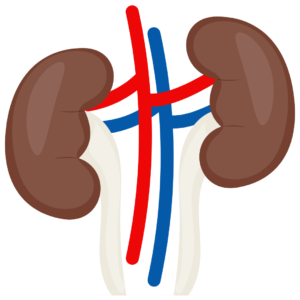
What is RIRS?
RIRS uses a laser and a fiberoptic endoscope, a viewing tube that passes through the urethra and into the kidney to remove stones without making any incisions on the kidney. Under general, local, or spinal anaesthetic, it is carried out. A specialist urologist with RIRS training is required for this surgery.
What is RIRS?
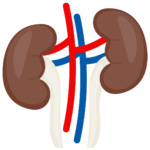
RIRS uses a laser and a fiberoptic endoscope, a viewing tube that passes through the urethra and into the kidney to remove stones without making any incisions on the kidney. Under general, local, or spinal anaesthetic, it is carried out. A specialist urologist with RIRS training is required for this surgery.
Who needs RIRS?
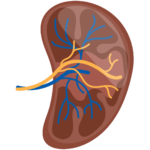
A advanced treatment called RIRS is typically used to treat big stones. Under normal circumstances, it is typically the best option for patients with stones between 10mm and 14mm in size. When shockwave lithotripsy and ureteroscopy are failed, RIRS for kidney stone removal is typically effective. To prevent complications following surgery, it is crucial to speak with your doctor before beginning treatment if you are on any medications or have an ongoing medical condition. Some international surgical publications advise patients over the age of 65 to speak with a urologist before undergoing RIRS for kidney stone removal.
What happens during a RIRS operation?
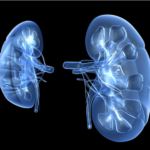
For the treatment of challenging kidney stones, cutting-edge surgery called RIRS is used. The doctor administers spinal or general anaesthesia prior to the procedure to ensure there is no discomfort throughout the procedure. The urologist uses imaging tests to identify the stone's precise position. Then, a device called as a ureteroscope is used to inspect the ureteral canal. In order to locate stones or areas of ureteral obstruction, the surgeon can look within the body with the use of a camera that is attached to one end of the tool.
The surgeon can remove the stones whole with forceps or break them up into smaller fragments with laser beams. An sophisticated holmium laser is used to target the stone and smash or move it without damaging the neighbouring organs. Then, urine is used to remove the stone fragments from the body.
Who needs RIRS?
A advanced treatment called RIRS is typically used to treat big stones. Under normal circumstances, it is typically the best option for patients with stones between 10mm and 14mm in size. When shockwave lithotripsy and ureteroscopy are failed, RIRS for kidney stone removal is typically effective. To prevent complications following surgery, it is crucial to speak with your doctor before beginning treatment if you are on any medications or have an ongoing medical condition. Some international surgical publications advise patients over the age of 65 to speak with a urologist before undergoing RIRS for kidney stone removal.
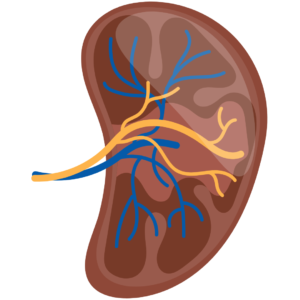
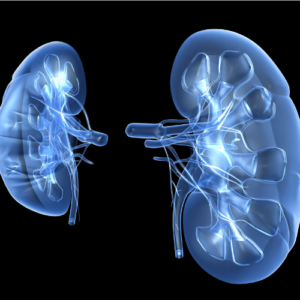
What happens during a RIRS operation?
For the treatment of challenging kidney stones, cutting-edge surgery called RIRS is used. The doctor administers spinal or general anaesthesia prior to the procedure to ensure there is no discomfort throughout the procedure. The urologist uses imaging tests to identify the stone's precise position. Then, a device called as a ureteroscope is used to inspect the ureteral canal. In order to locate stones or areas of ureteral obstruction, the surgeon can look within the body with the use of a camera that is attached to one end of the tool.
The surgeon can remove the stones whole with forceps or break them up into smaller fragments with laser beams. An sophisticated holmium laser is used to target the stone and smash or move it without damaging the neighbouring organs. Then, urine is used to remove the stone fragments from the body.
Causes
- Inflammatory joint disease(e.g infection gout, rheumatoid arthritis
- Obesity
- Older age
- Previous knee injury
Symptoms
- Pain
- Fever
- Sepsis
Causes
- Inflammatory joint disease(e.g infection gout, rheumatoid arthritis
- Obesity
- Older age
- Previous knee injury
Symptoms
- Pain
- Fever
- Sepsis
Diagnosis
In addition to a urine analysis and culture, the doctor may ask that you have an abdominal ultrasound, X-ray, CT scan, or MRI before the surgery if the stones are larger than 15 mm. Additionally, the surgeon could suggest that you fast for at least 6 hours prior to the procedure.
PCNL and mini-PCNL
URS
ESWL
Laparoscopic and robotic ureterlithotomy and pyelolithotomy etc.
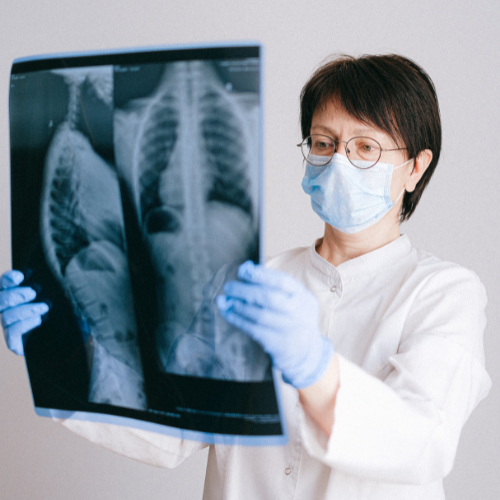
Diagnosis
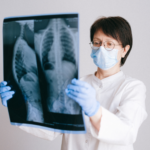
In addition to a urine analysis and culture, the doctor may ask that you have an abdominal ultrasound, X-ray, CT scan, or MRI before the surgery if the stones are larger than 15 mm. Additionally, the surgeon could suggest that you fast for at least 6 hours prior to the procedure.
PCNL and mini-PCNL
URS
ESWL
Laparoscopic and robotic ureterlithotomy and pyelolithotomy etc.
Risks of RIRS
- Risks are very minimal compared to other invasive procedures like open surgery, PCML and
ESWL.
Some of the risks includes-
- HEMATURIA
- PAIN
- FEVER
- SEPSIS
- Requiring relook procedure for large volume stones.
Risks & Complications
Risks are very minimal compared to other invasive procedures like open surgery, PCML and
ESWL.
Some of the risks includes-
- Hematuria
- Pain
- Fever
- Requiring relook procedure for large volume stones.
Advantages of RIRS
- It’s a day care procedure
- Early recovery and less post-operative pain.
- Less chance of bleeding compared to PCNL and open/laparoscopic procedures.
- Less chance of repeat procedures compared to ESWL.
- Can be used for even larger stones with the advent of Thulium Laser.
- Can be done in patient with high risk and on blood thinners
Advantages of RIRS
- It’s a day care procedure
- Early recovery and less post-operative pain.
- Less chance of bleeding compared to PCNL and open/laparoscopic procedures.
- Less chance of repeat procedures compared to ESWL.
- Can be used for even larger stones with the advent of Thulium Laser.
- Can be done in patient with high risk and on blood thinners
When to consult a doctor ?
Consult your RIRS as soon as you experience :
patients with kidney stones with size 1cm-2.5cm or multiple stones of more than 5.6mm.
-patients with large stones in the upper ureter and renal pelvis.
-patients with papillary necrosis and recurrent pyelonephritis
-for diagnosis and management of tumours within pelvicalyceal system of kidney.
Our RIRS Specialist
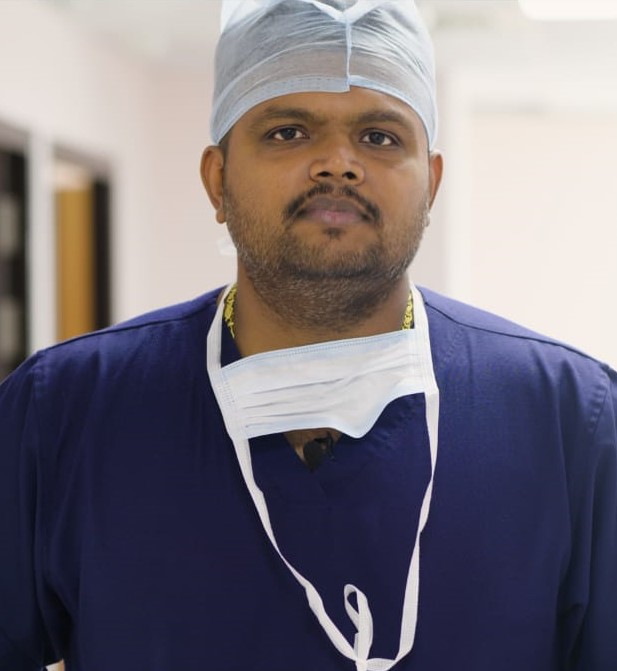
Dr. Srikanth V
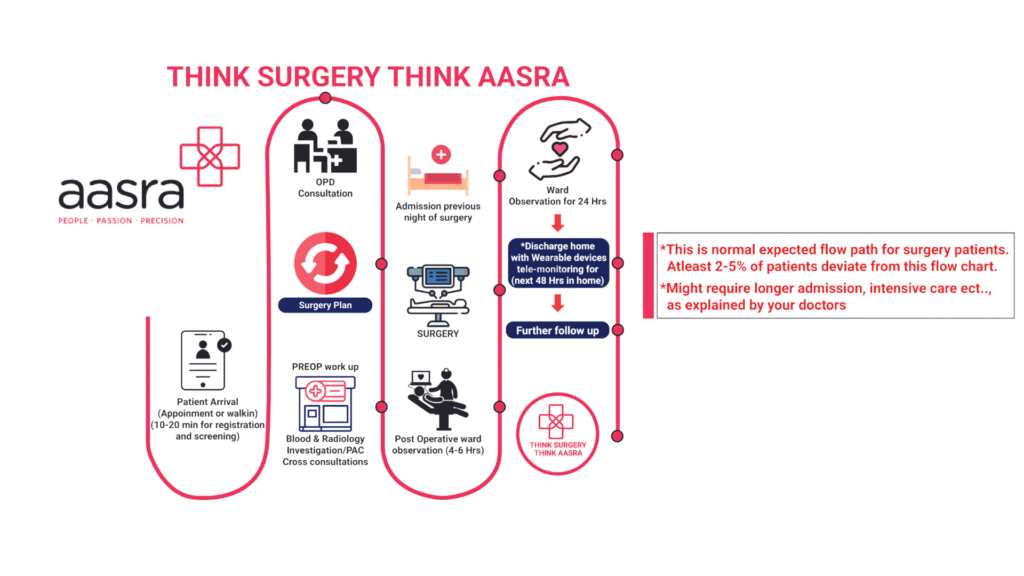
When to consult a doctor ?
Consult your RIRS as soon as you experience :
- patients with kidney stones with size 1cm-2.5cm or multiple stones of more than 5.6mm.
- patients with large stones in the upper ureter and renal pelvis.
- patients with papillary necrosis and recurrent pyelonephritis
- for diagnosis and management of tumours within pelvicalyceal system of kidney.
Our RIRS Specialist
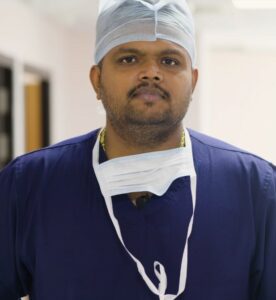
Dr. Srikanth V
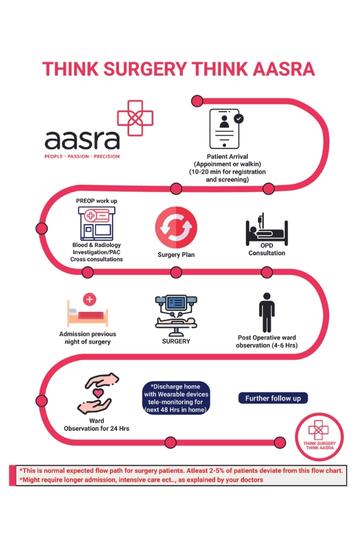

Insurance coverage
Insurance does cover the cost of the surgical procedure for a hysterectomy performed due to adenomyosis because it is on the list of procedures that are "medically required." The cost capping, however, may change from instance to case. Please get your healthcare or insurance company to validate this.
Insurance coverage

Insurance does cover the cost of the surgical procedure for a hysterectomy performed due to adenomyosis because it is on the list of procedures that are "medically required." The cost capping, however, may change from instance to case. Please get your healthcare or insurance company to validate this.
Frequently Asked Questions
Frequently Asked Questions
FAQs
Facts and figures around robotic hip replacement
Why choose Aasra for robotic knee replacement treatment?
AASRA Hospital has the state of the art technology for performing joint replacement surgeries i,e MAKO Robitic joint replacement technology.
There is less post operative pain, reduced hospital stay ,patient can walk early and early recovery .
How to book appointment for aasra
Booking an appointment with a Aasra Orthopedician is easy.
Simply give us a call directly or complete our online appointment booking form. The only four questions it would ask you are “Your name,” “Contact,” and “tell us a little more about yourself.” Simply complete the form and press “submit.” One of our medical coordinators will give you a call soon to assist you in speaking with the doctor of your choice.
